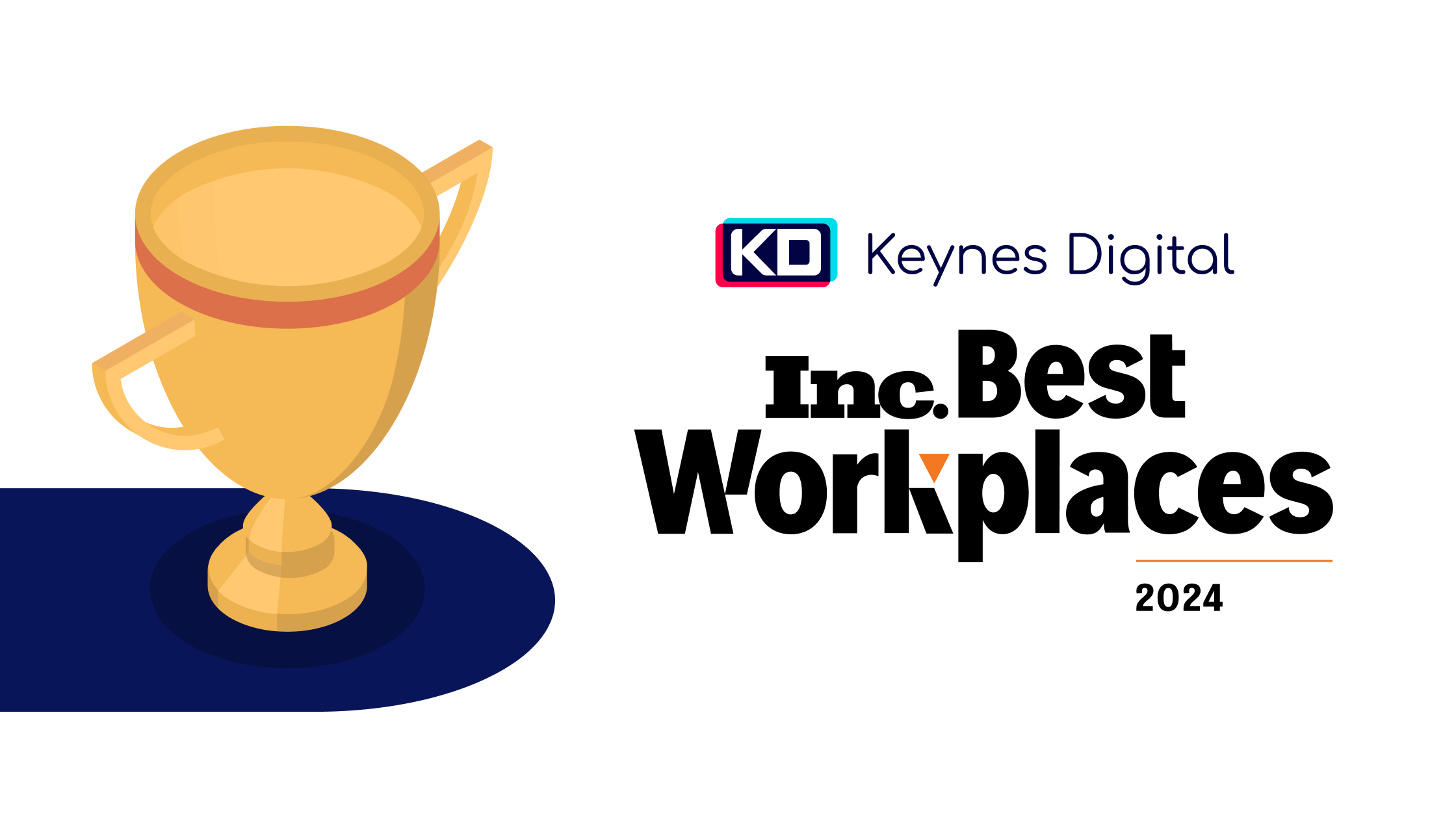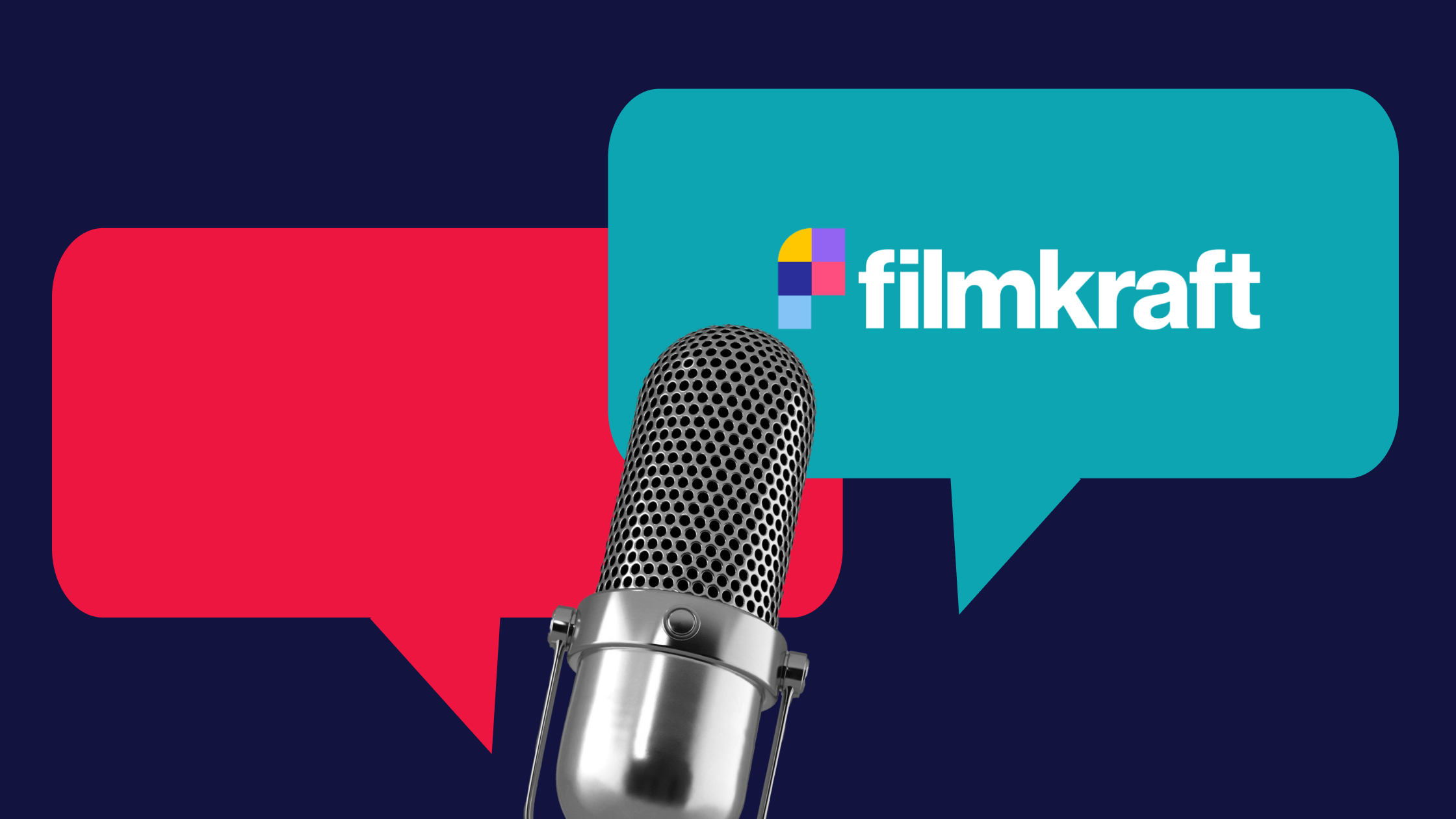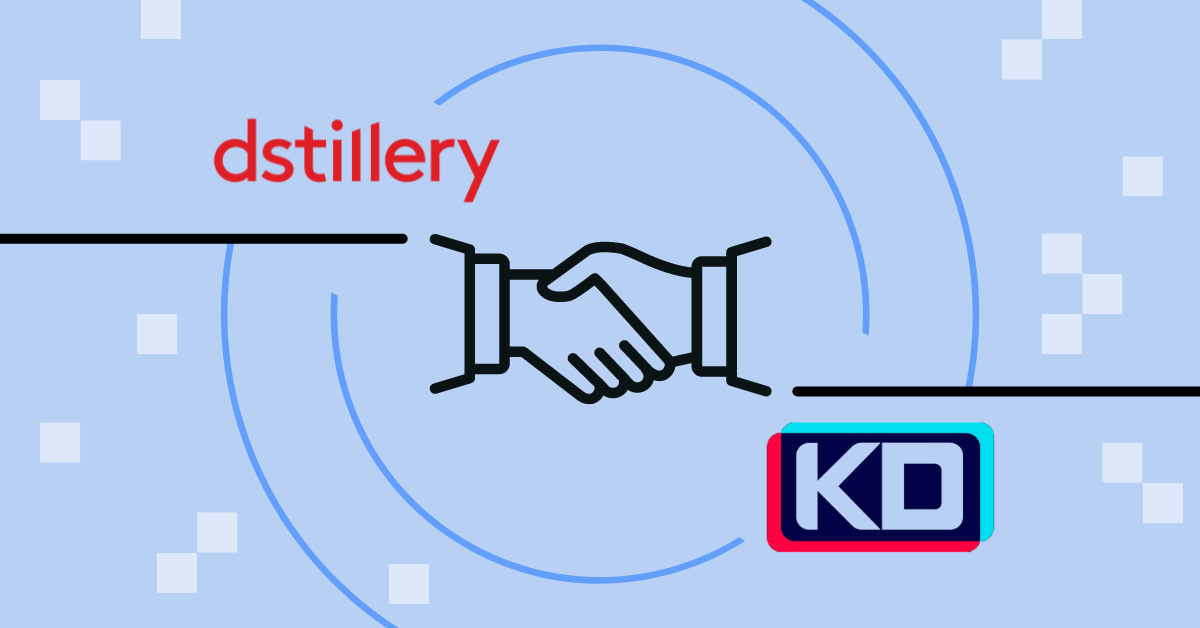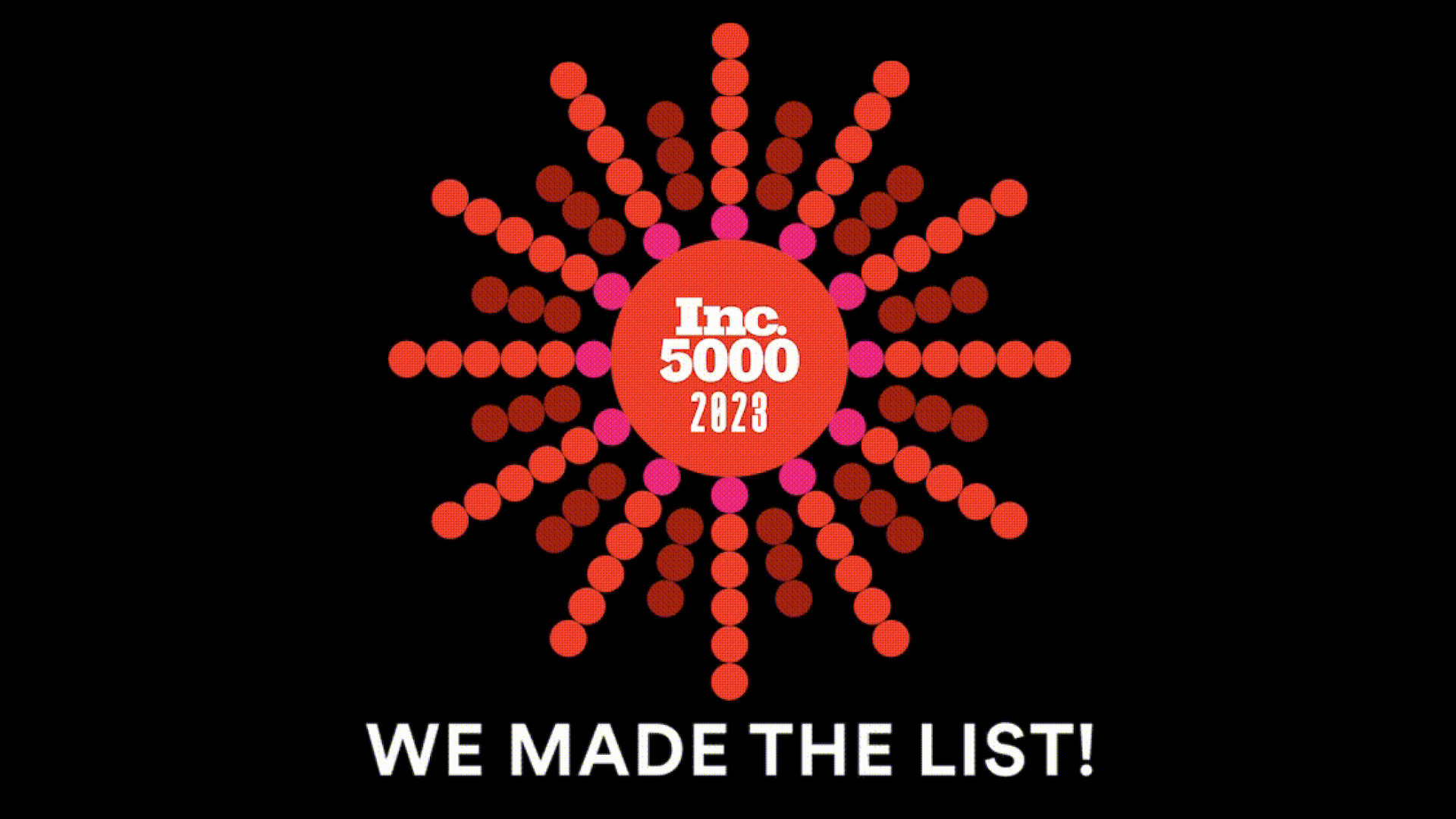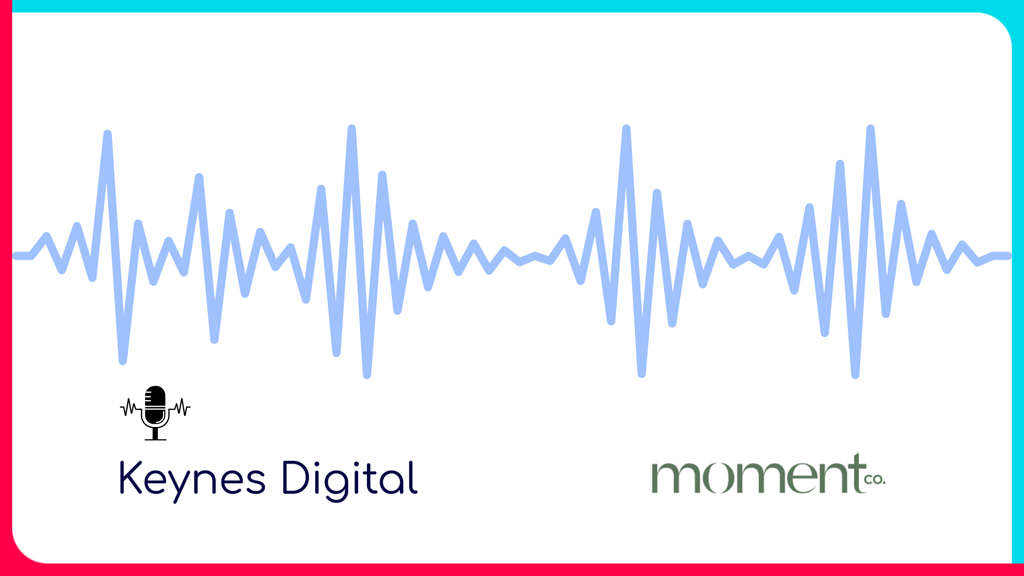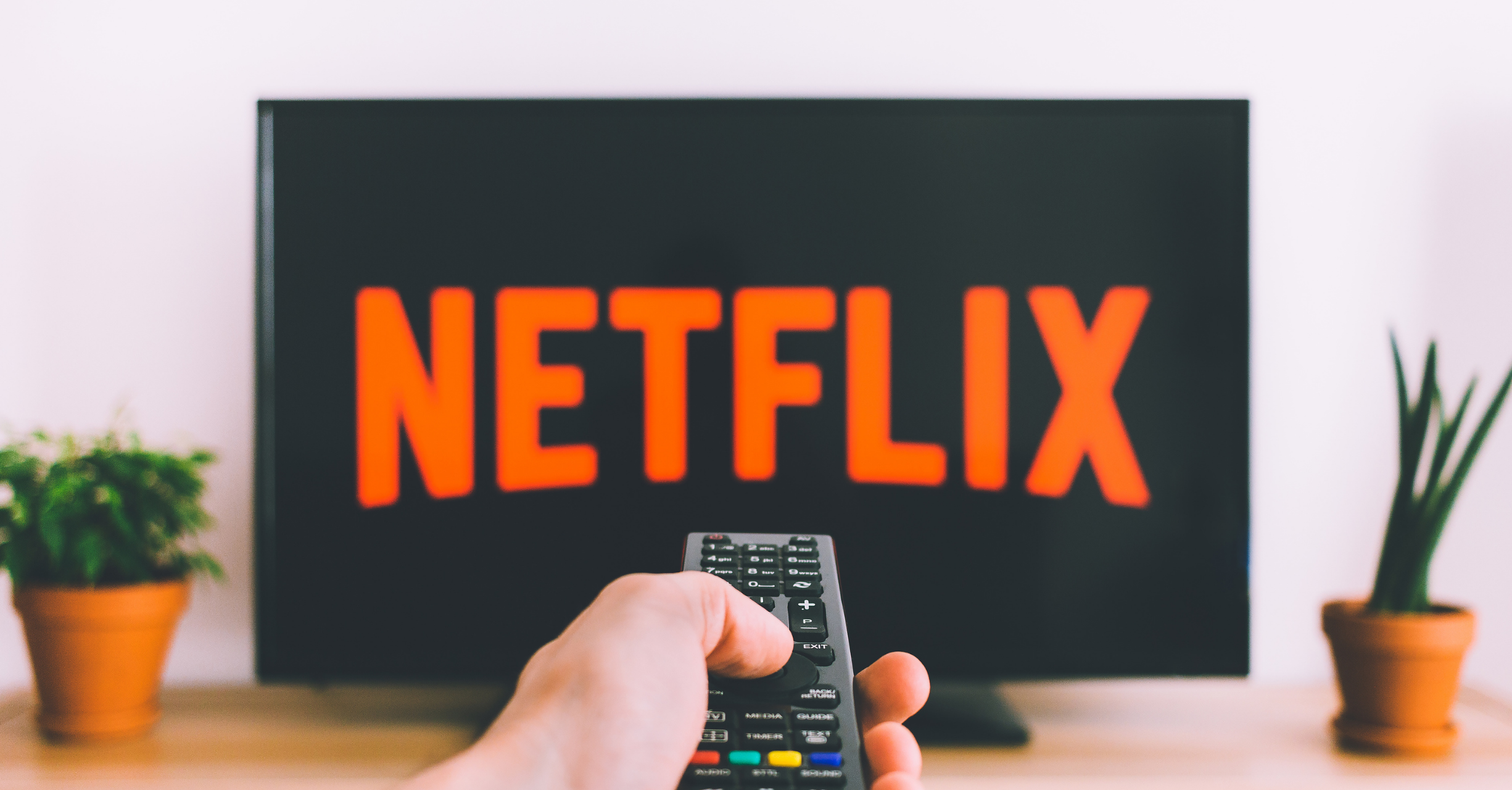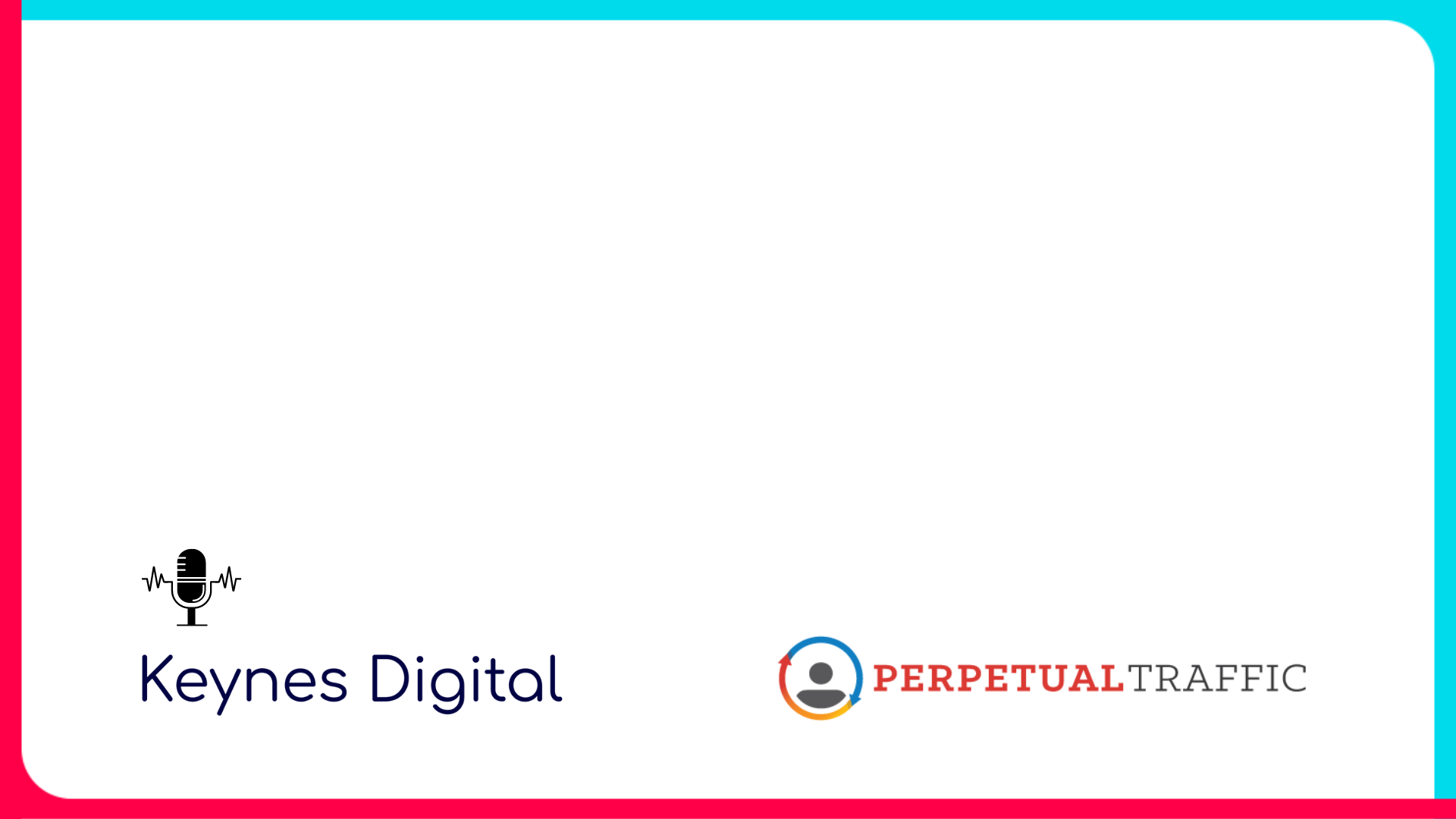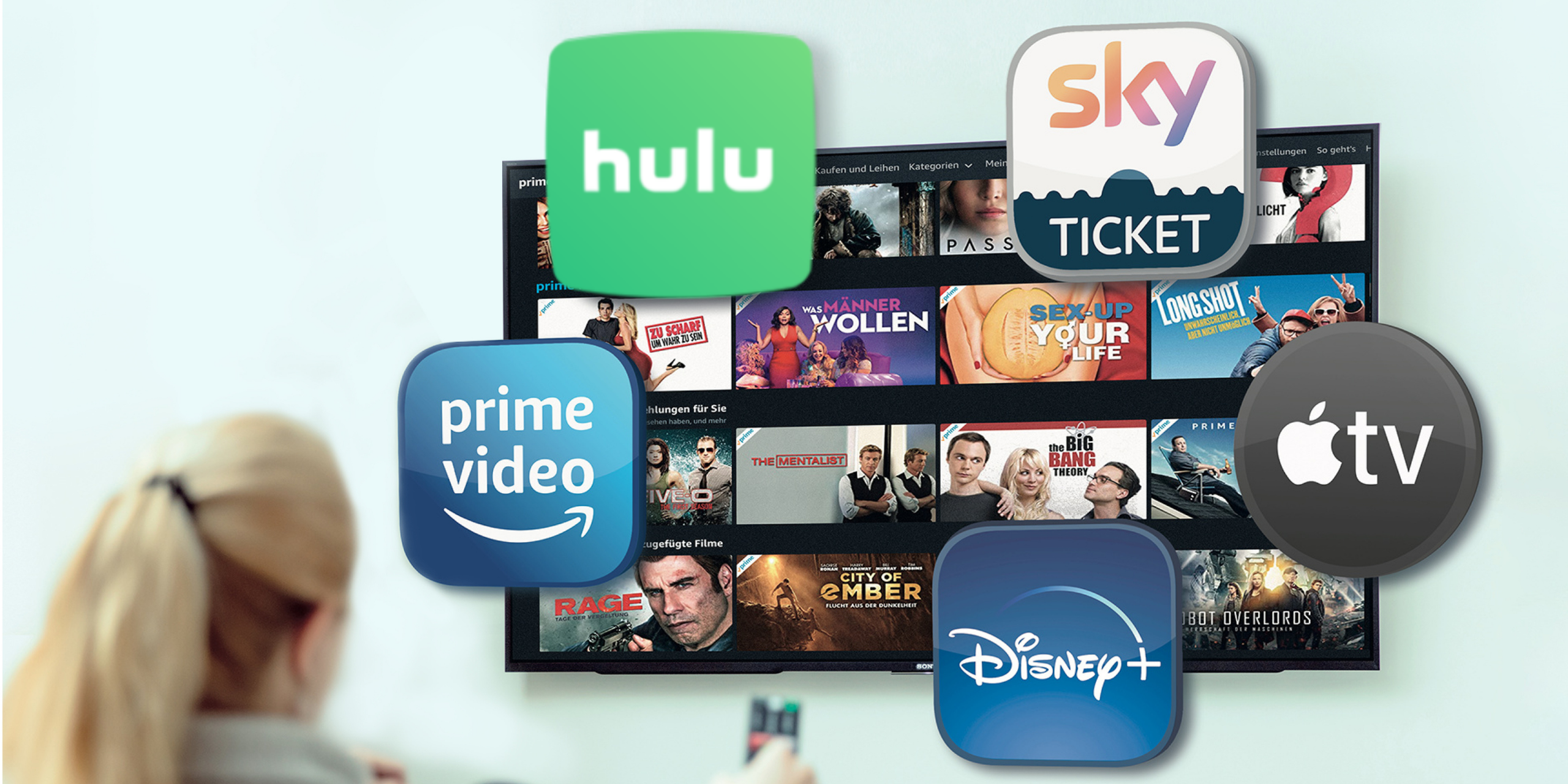Connected TV CPM
What Is CTV?
What is Connected TV? A basic Connected TV definition is a device that can be embedded into or connected to a television through the internet. A Connected TV supports streaming and video content, including smart televisions. Connected TV examples are:
These devices make it possible for an otherwise basic television to become a smart device.
With the growth of Connected TV advertising through these devices, viewers are now experiencing a more pleasurable television experience with advertisements that interest them. These Connected TV ads resemble a traditional TV commercial experience that plays before or during a TV show or movie.
Some Connected TV ad examples include:
- In-stream commercials (usually 15 to 30 seconds), which pause the show temporarily while showing a string of commercials to the viewer
- Interactive ads, which allow viewers to click on them to make a purchase or sign up for other communications
Connected TV advertising allows marketers to reach their targeted audiences with the personas they’ve created for their brand. Advertisers may have the ability to run their ad campaigns on various shows or one specific show that their viewers tend to gravitate towards, such as only running ads for female clothing during Handmaid’s Tale on Hulu.
Connected TV ads are commonly paid for every 1,000 views. This is known as the Connected TV CPM, or cost per 1,000 impressions. These impressions can be as focused or unfocused as desired.
Just to note, there are many metrics that Connected TV can measure, such as Return-On-Ad-Spend (ROAS), Cost-Per-Visit (CPV), and Cost-Per-Acquisition (CPA).
Connected TV CPM
What is a Connected TV CPM metric? As mentioned, it’s a metric in marketing that allows marketing experts to see how much an advertiser has to pay per 1,000 impressions on a website. So, in terms of a Connected TV CPM, it is the cost per 1,000 viewers for TV commercials on streamed premium networks. The average industry cost is usually $30 to 45 or more per 1,000 views. However, prices for Connected TV CPMs are expected to decline as the supply level rises since more people are getting connected to these services.
Connected TV platforms that a Connected TV CPM is measured through include things like Apple TV, Amazon Fire TV, Roku, PlayStation, and others. These Connected TV platforms allow advertisers to target their niche audiences for their brands in various ways and report on the findings. Different buy-ins are working within these Connected TV platforms that allow advertisers to serve on individual streaming networks.
Connected TV companies work with advertisers and brands to promote connected TV growth. For those wondering “how does Connected TV advertising work,” the simple answer is this: It is a targeted TV marketing strategy. Cross-device technologies monitor and track a user’s online activities through programmatic DSPs and AI. With this technique, Connected TV advertising uses detailed targeting methods to reach their ideal demographics.
There are many ways and opportunities to use the Connected TV advertising channel. For example, an advertiser can set up a self-serve platform within Hulu, for example, but they then face the risk of setting it up poorly, limiting their reach to one network, and being more expensive. Another example may be to partner with a digital agency that has access to multiple Connected TV streaming networks. This reassures advertisers of working with experts in programmatic, the audience reach they need, and can be less expensive according to the agencies’ terms. All in all, using these premium networks is extremely important, so consumers see ads on their TV screens. This gains credibility and legitimacy.
Here is a short breakdown of the Connected TV CPM costs for the three big Connected TV advertising streaming networks: Amazon Prime, Roku, and Hulu. These Connected TV advertising platforms work individually with their clients, so this pricing is not guaranteed.
1. Amazon Prime
Amazon Prime asks for around $.81 per click. That means that the Connected TV CPM works out to around $81 per 1,000 impressions. This is one of the highest rates that CTV advertising companies have to pay for views, but the cost will vary based on targeting and which keywords are used.
2. Roku
CTV advertising companies often use Roku to advertise because of the number of viewers the ads may reach. Ads are 15 to 30 seconds in length, like on all other advertising platforms, and cost around $30 per 1,000 impressions. However, with precise targeting, the return on that money could be much higher than with linear advertising. A lower CPM on Roku may make some advertisers more comfortable with its services.
3. Hulu
On Hulu, Connected TV advertising companies may opt for ads that make a user answer a survey or click on it before continuing in some cases. In this case, a Connected TV advertising example is a viewer’s choice between three different ads, all of which may be from the same company. This can be problematic if the ad is not set up correctly, since the frequency is important to the viewer’s experience and the overall return on the investment. Hulu’s Connected TV CPM is approximately $20 to $60 per 1,000 views.
Hulu and Roku are two CTV advertising companies that offer Connected TV advertising options like in-stream ads. For premium Connected TV providers, ads tend to cost more due to the audience that uses these devices. Every network has its own rates for advertising at different times of the day or during various programs, but programmatic AI tracks the user activities and will serve the advertiser’s campaign at the most optimal times.
Through strategy and allocating spend, Connected TV advertising companies can expect to pay around similar rates. This is important due to the impact it can make on the advertisers’ campaign performance and spending waste. That’s why it’s crucial to know how a programmatic strategy and targeting approach work to get the most out of the campaign.
Linear TV vs Connected TV
To better understand Connected TV, we must break down the differences between OTT vs linear TV or CTV vs linear TV. Looking at Connected TV vs OTT, we know that Connected TV refers to devices that are connected to the internet and that stream content. That streaming content is OTT, also known as over-the-top. OTT content is found on CTV through Hulu, Apple TV+, Amazon Prime, and others.
What is linear TV? When explaining linear TV vs Connected TV, linear TV has a cable broadcast. Linear TV is the most traditional form of television and is the classic way of watching TV through a cable subscription on a broadcast schedule. This typically means the users don’t have control over the content they’re consuming. The networks do.
What is CTV? It’s advertising over a connected device rather than a linear cable program. Here, the user has control of the content they consume and the advertisers have control over how their budgets are being used to target their consumers. This is a more comfortable and personable experience for both parties.
Linear TV vs Connected TV Ads
For advertising, the method does matter, as seen with CTV advertising examples mentioned earlier. Linear TV ads are not targeted, so they go out to all viewers acting as a mass branding play. These tend to be more expensive and often less effective because, while the reach is great (costing much more), there is no guarantee of tracking performance that the individuals see the TV commercial(s) and convert into paying customers.
As a result, they are much more expensive and often less effective. For a 30-second commercial, data from Statista shows that the run will cost $115,000. This is compared to local TV spots that run between $5 and $10 per 1,000 views and CTV advertising, which runs around $20-$40 per 1,000 views on a network like Hulu.
Because it’s a mass branding approach, that budget could be wasted on linear TV ads. For example, if a commercial is going on a full, national broadcast, then that $115,000 average may be expected. For a local spot going to 5,000 homes, $50 or so may cover the 30-second spot. It all depends on the size of the audience watching a particular show or channel that the commercial will be on.
Linear TV vs Connected TV CPMs
In the 2019/2020 TV broadcast season (which is linear TV), media buyers paid approximately $19.5 per thousand views for TV commercials. For national broadcast TV ads, such as upfront ads, they paid over $36 per 1,000 impressions. Ads are meant to be seen by thousands upon thousands of people, so the marketing costs may be in the hundreds of thousands of dollars for just 15 to 30 seconds of airtime. An ad may play twice during a viewing, though not in a row. Frequency is important for drawing attention and driving a user to a website or physical location. However, if they are bombarded with ads, then they will be turned off and may not convert to paying customers.
Comparatively, looking at Connected TV advertising statistics, it’s easy to see that Connected TV is a better opportunity to reach a specific audience for an advertiser. In addition to a Connected TV CPM, it’s vital to consider all targeting options, audience demographics, and other important statistics to reach the correct audience for specific ads.
Industry Expert Insights
We are your high-touch, performance-focused streaming TV and programmatic advertising partner. Our team of experts and a one-of-a-kind data-driven platform connects you to the best streaming TV marketing strategies.


